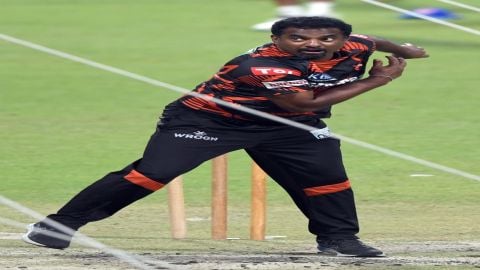
Muttiah Muralitharan: Muttiah Muralitharan is widely adored and hugely regarded as one of the greatest spin bowlers to have ever played the game. In a 19-year international career for Sri Lanka, which also includes a 1996 World Cup triumph, Muralitharan had the ability to turn the ball on any pitch and bowl marathon spells to keep his team in the hunt irrespective of whether it was a Test match or a 50-over game.
With a short run-up, supple wrists and rapid shoulder rotation, Muralitharan’s unique bowling action propelled him to become the only bowler to take 800 Test wickets, while taking 534 scalps in ODIs, while battling huge doubters over his style of bowling and being asked to refrain from bowling the doosra.
Muralitharan’s storied life and cricketing career has now been adapted into a biopic titled “800”, aptly named after reaching the milestone of 800 Tests wickets against India in 2010. The film, directed by MS Sripathy and Madhur Mittal casted as Muralitharan, is now releasing on JioCinema on Saturday in various languages, including Hindi and Tamil.

